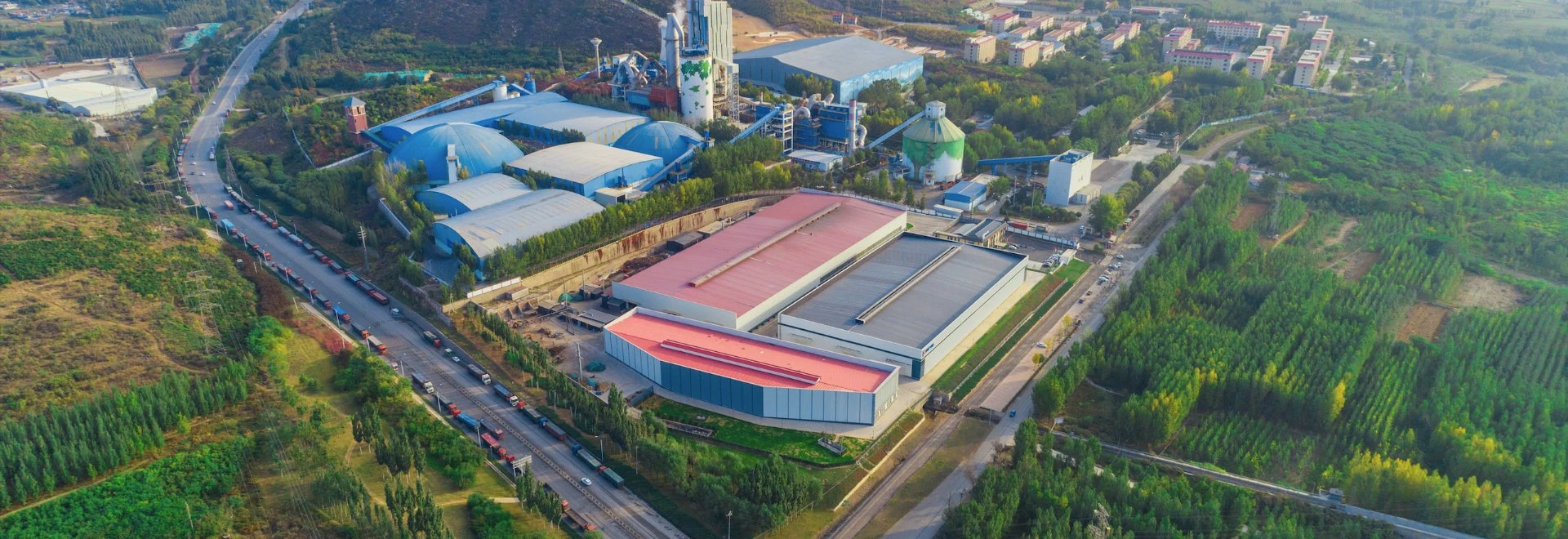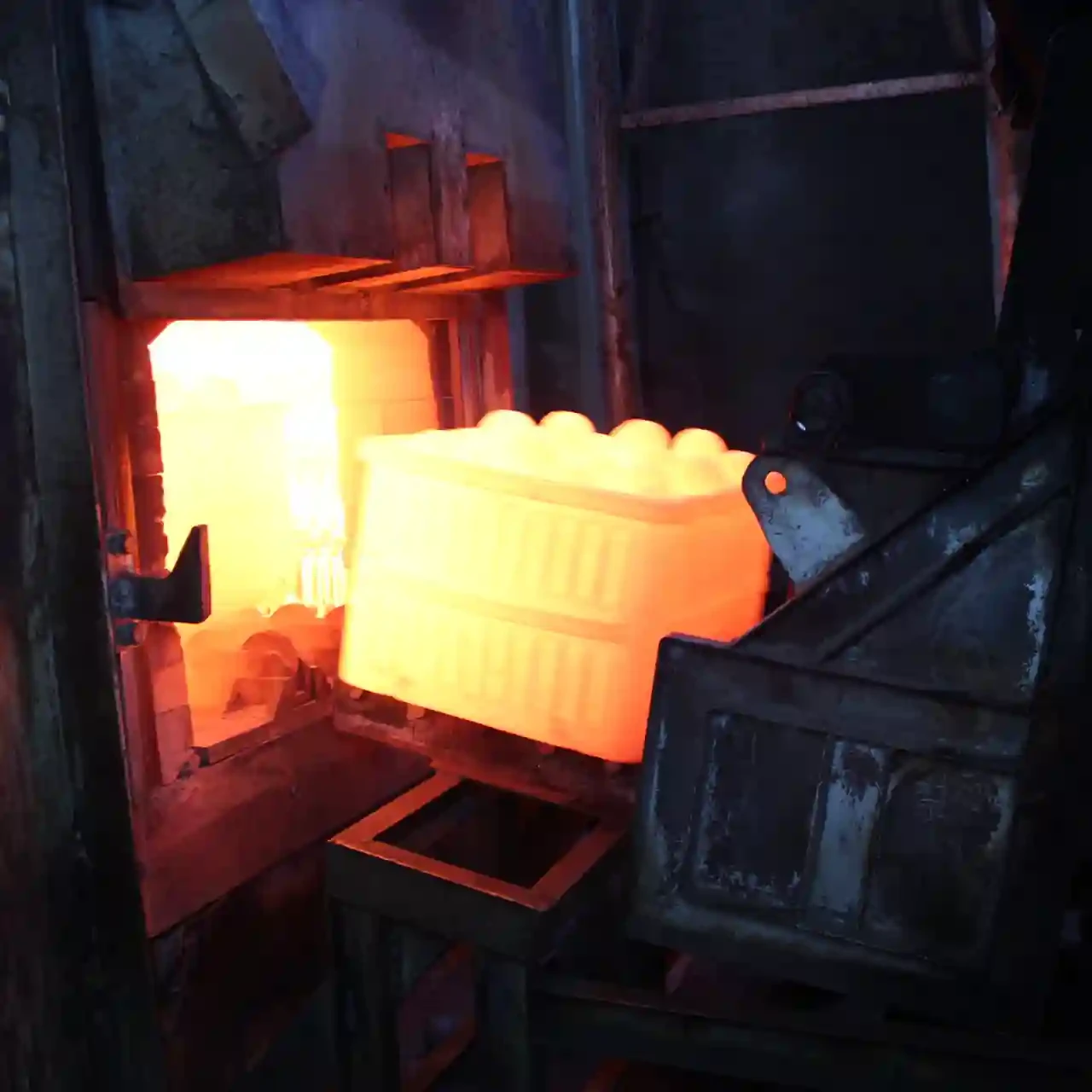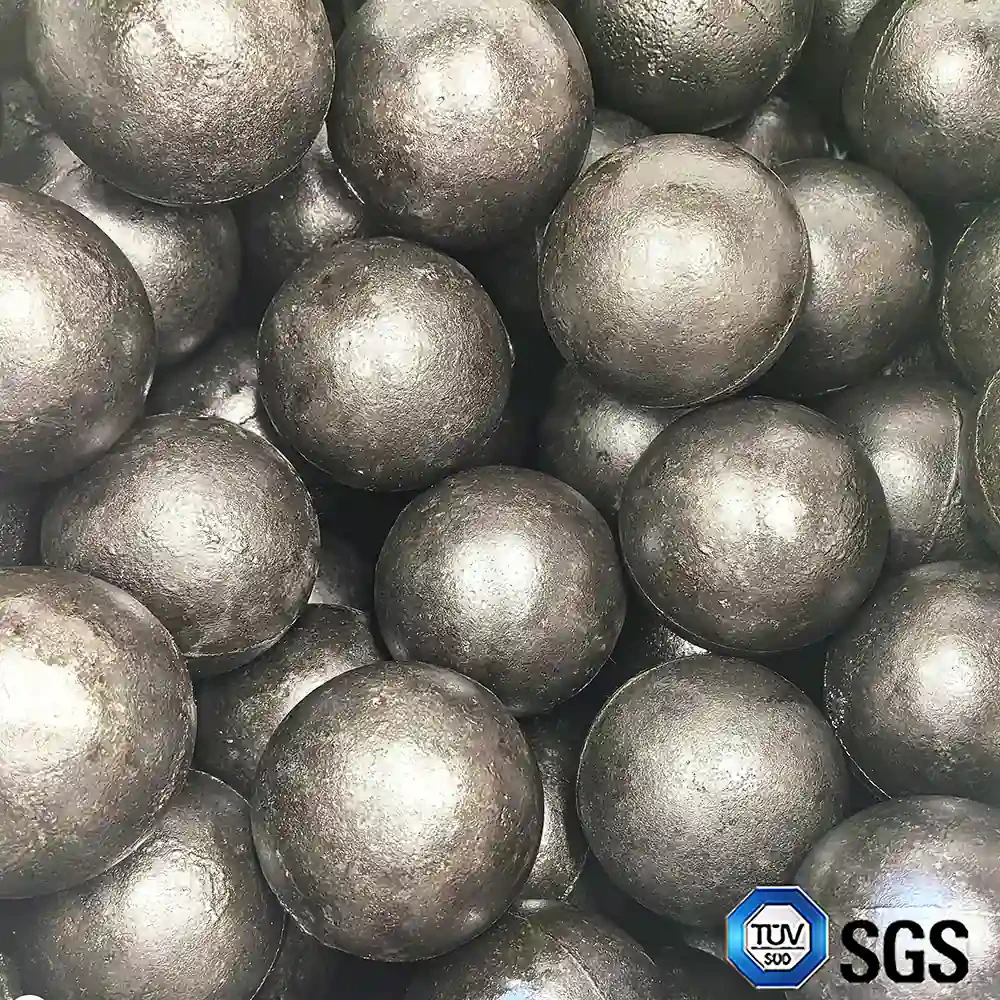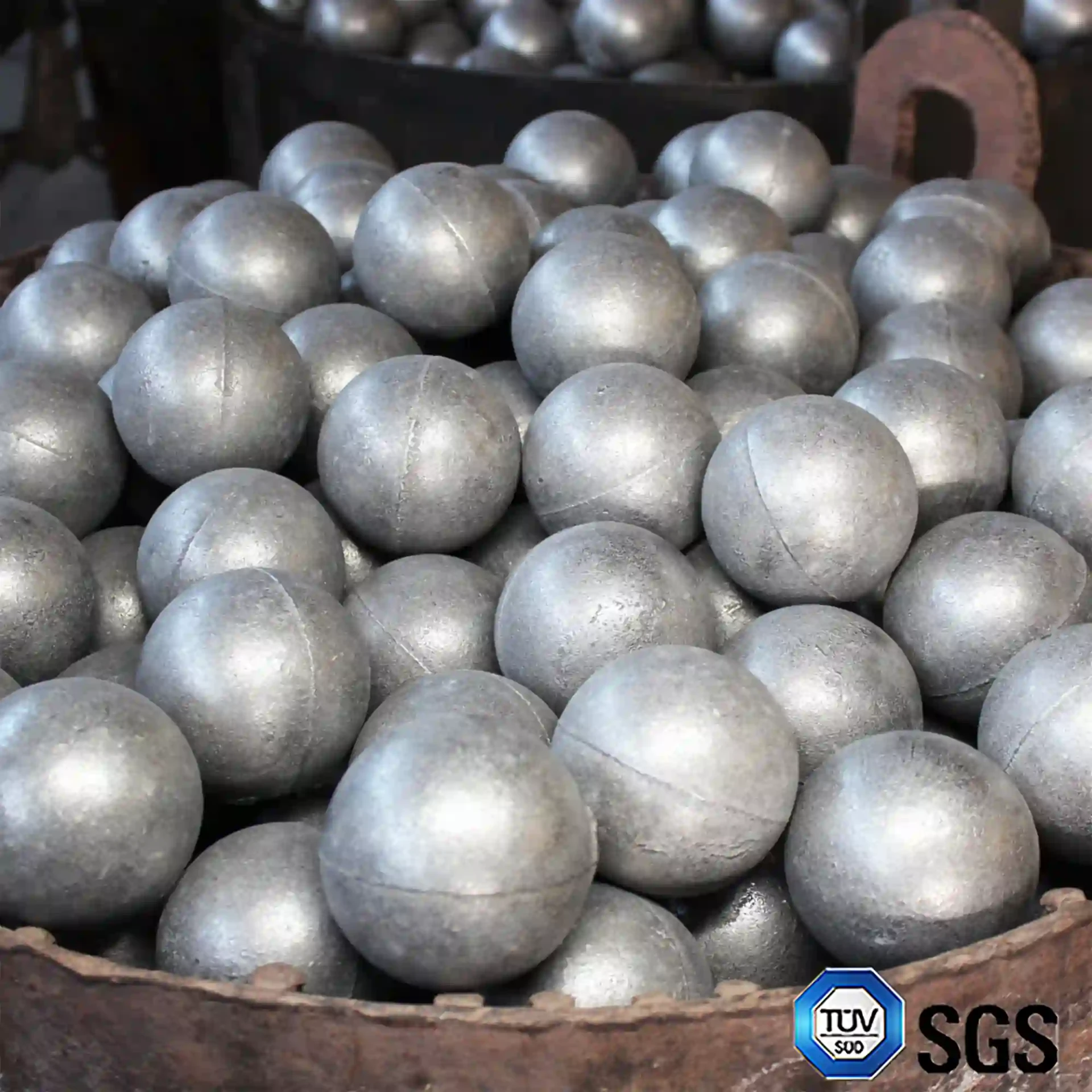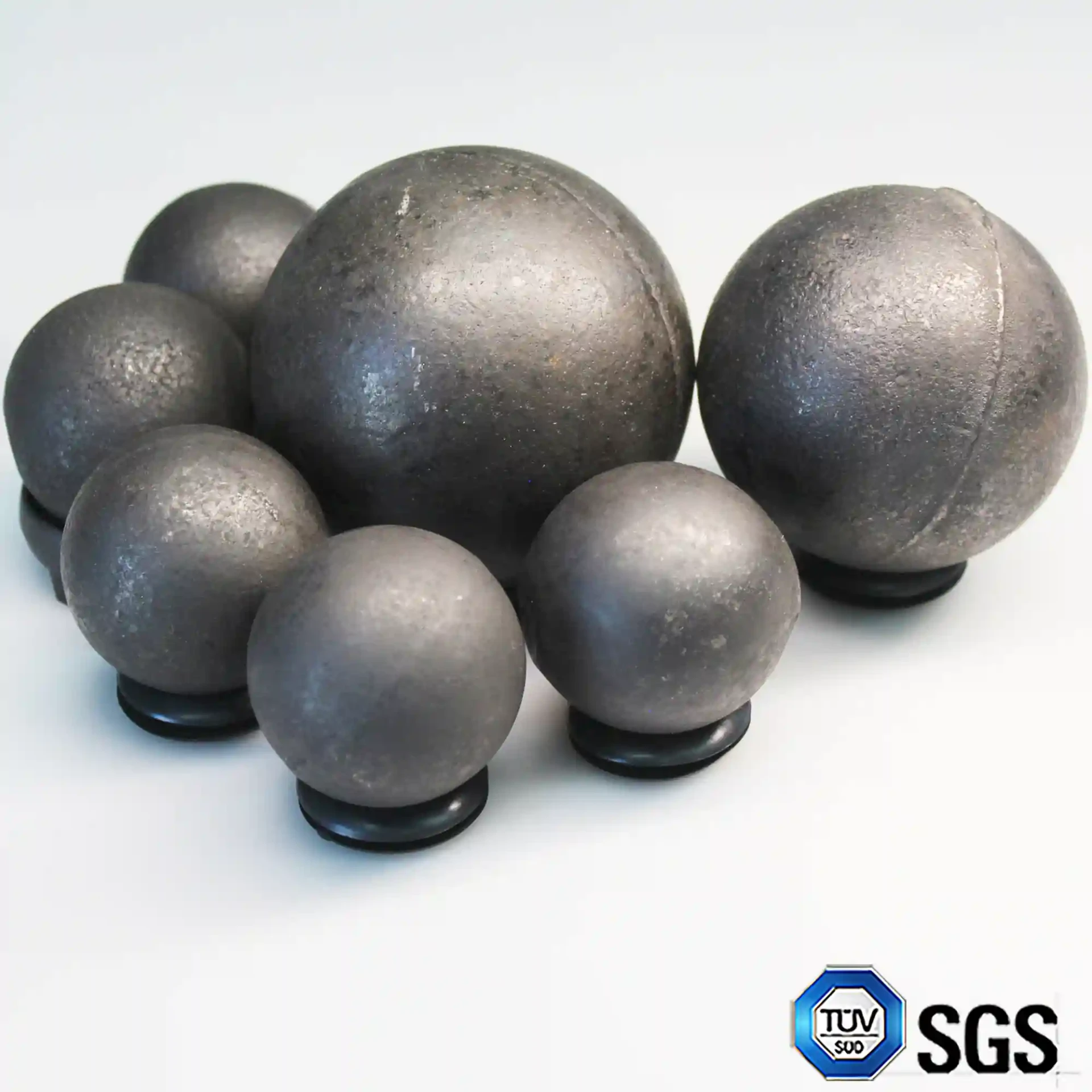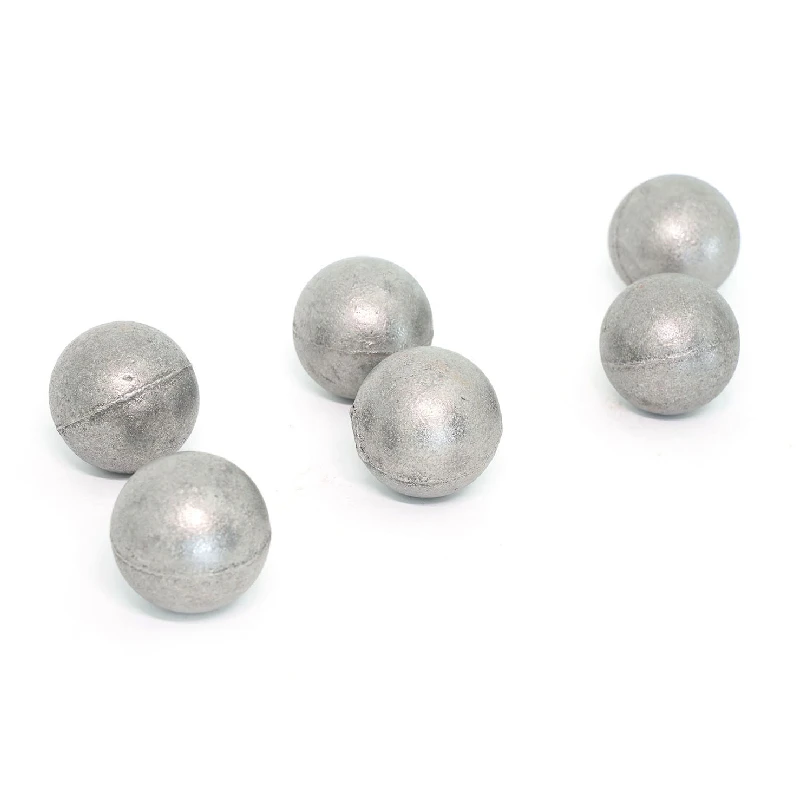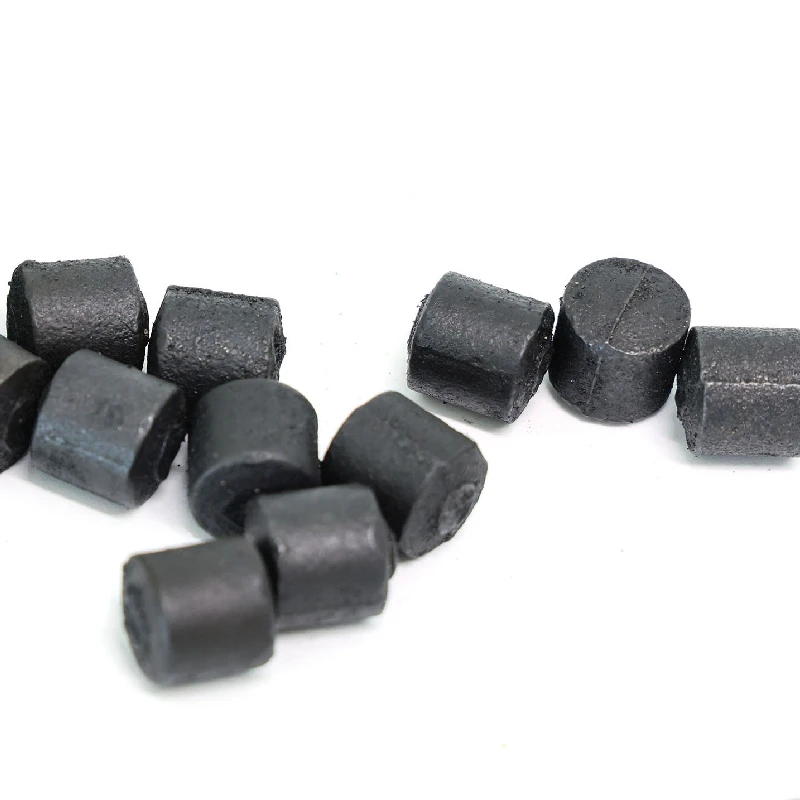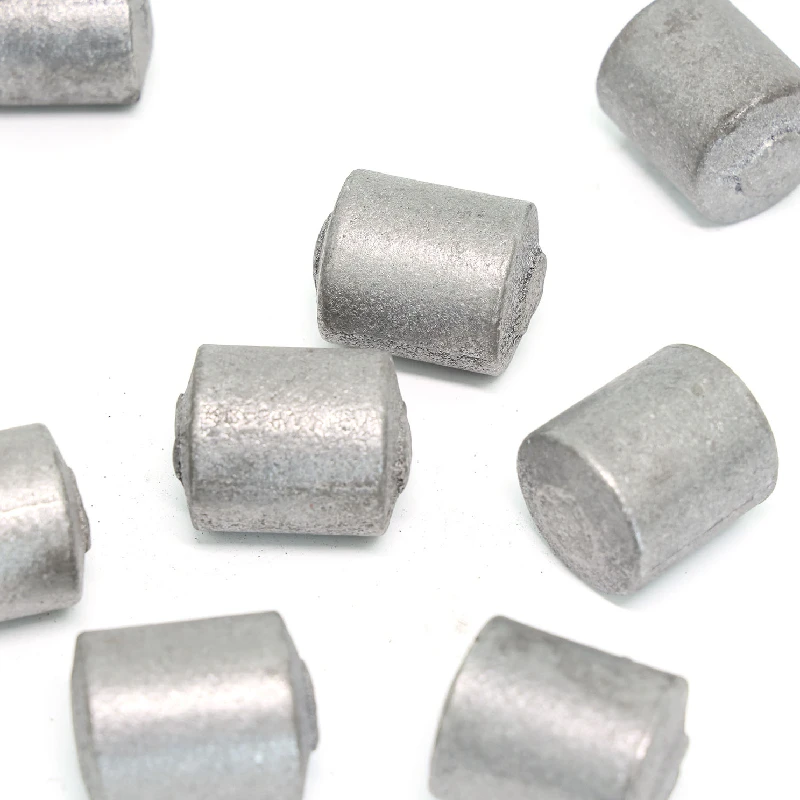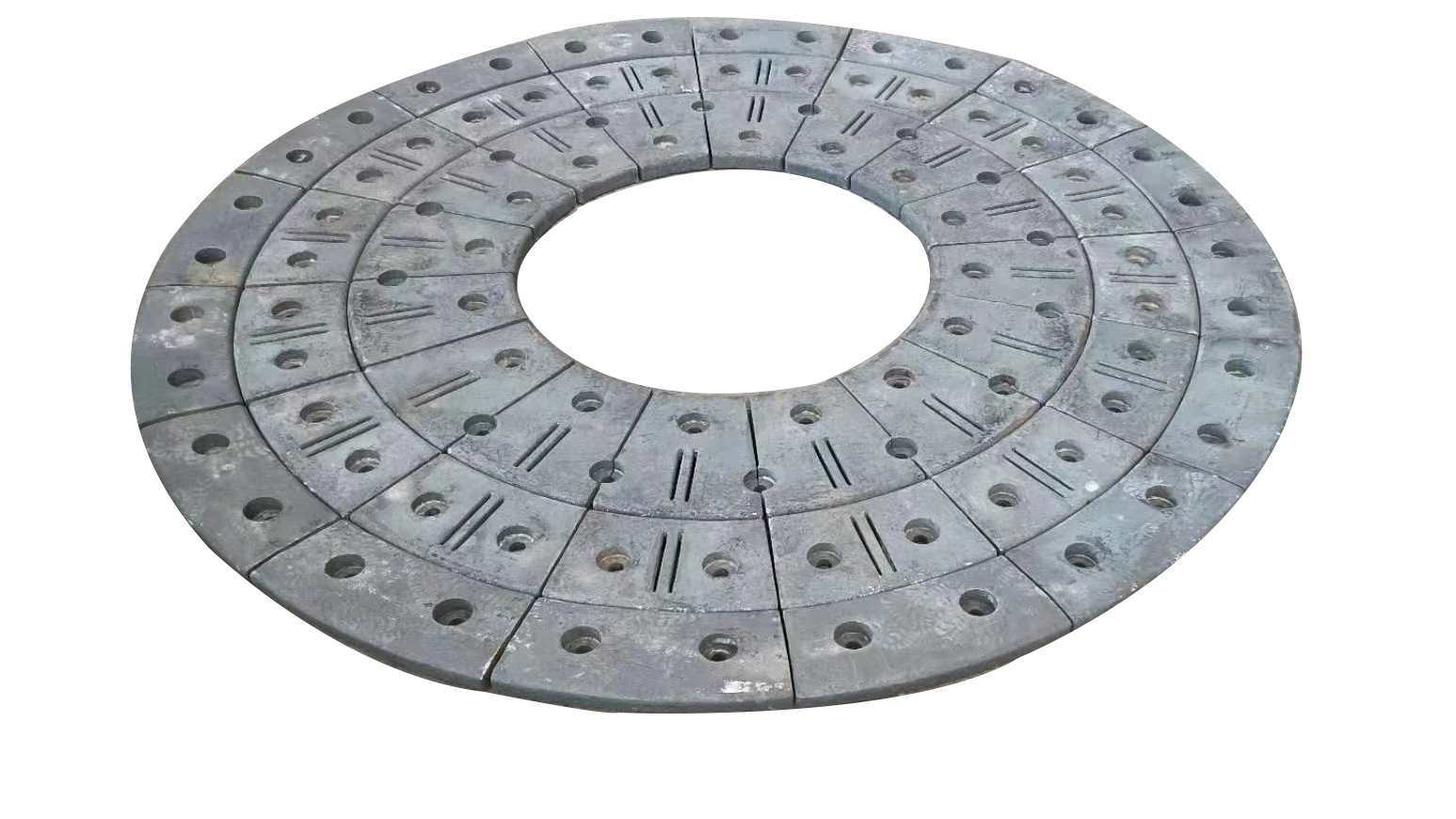Dec . 03, 2024 14:50 Back to list
Optimizing Grinding Media for Enhanced Performance in Ball Mills
The Role of Grinding Media in Kugelmühlen An In-Depth Analysis
Kugelmühlen, or ball mills, represent a fundamental component in various industrial processes, particularly in the domains of material processing, mining, and cement production. Central to the function of these mills is the grinding media, which are the spherical elements that facilitate the crushing and grinding of materials into finer particles. Understanding the composition, types, and importance of grinding media is crucial for optimizing the efficiency and effectiveness of kugelmühlen.
Composition of Grinding Media
The grinding media in kugelmühlen are typically made from a variety of materials including steel, ceramic, and sometimes even glass. Steel balls are the most common form of grinding media due to their durability, cost-effectiveness, and availability. The hardness of steel balls allows them to effectively fracture and grind hard materials. On the other hand, ceramic media, made from materials such as alumina or zirconia, is often preferred in applications where contamination of the final product with metal particles must be avoided. These ceramic balls offer high hardness and are less prone to wear, thus extending the lifespan of the media and the machinery itself.
Types of Grinding Media
Grinding media vary not only in material but also in size and shape, both of which significantly affect the grinding process. The size typically ranges from a few millimeters to several centimeters, depending on the application requirements. In general, smaller media provide finer grinding but may require longer processing times, while larger media facilitate quicker processes but may not achieve the same level of fineness.
Furthermore, grinding media can come in different shapes, including spherical, cylindrical, or even irregularly shaped. Spherical media is the most widely used due to its efficiency in generating shear and compressive forces during milling processes. The choice of shape, size, and material must align with the specific objectives of the milling operation to optimize performance.
kugelmühlenmedien
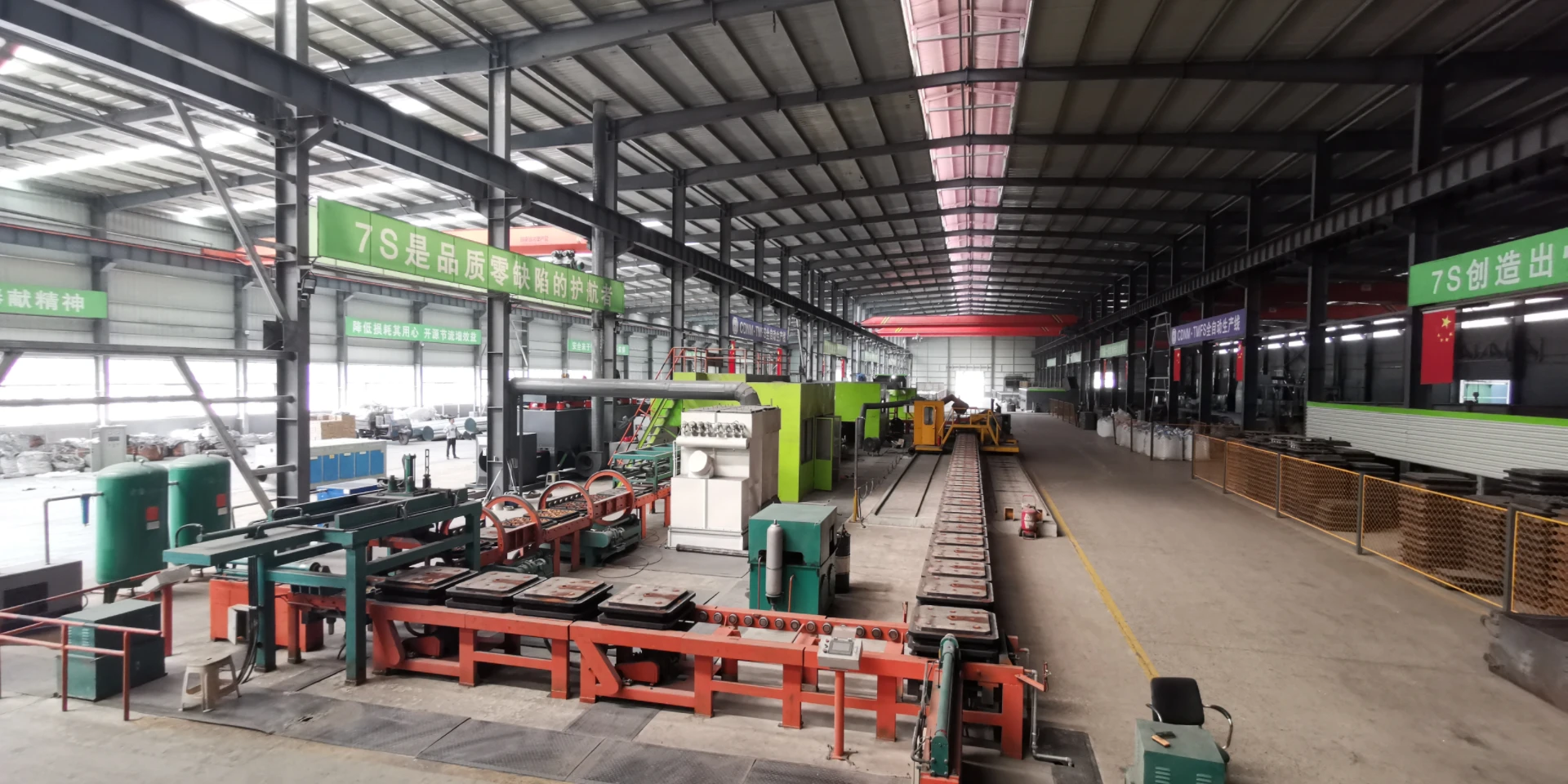
Importance of Grinding Media
The grinding media play a pivotal role in the overall efficiency of kugelmühlen. Their interaction with the material being processed governs not just the rate of grinding but also the quality of the end product. A well-chosen grinding media enhances the material’s exposure to impact, facilitating better fragmentation and decreasing energy consumption. In contrast, poorly chosen grinding media can lead to ineffective milling, increased wear on the machinery, and ultimately higher costs due to excess energy and replacement needs.
Moreover, the wear of grinding media can affect the final product’s quality. Abrasive wear can lead to contamination, which is particularly critical in industries such as pharmaceuticals and food processing. Thus, selecting high-quality grinding media is essential not only for operational efficiency but also for maintaining product integrity.
Optimizing Grinding Media Use
Achieving optimal performance in kugelmühlen requires a careful consideration of the grinding media used. Factors such as the type of material being ground, the required particle size distribution, and specific processing conditions should dictate the type of grinding media chosen. Regular monitoring and maintenance of the media can also ensure consistent processing outcomes.
Technological advancements have led to the development of more sophisticated grinding media, including composite materials designed to minimize wear and enhance performance. Continuous research into new materials and processes will further improve the effectiveness of kugelmühlen across various industries.
In conclusion, grinding media are an integral component of kugelmühlen, with their type, size, and material playing crucial roles in the efficiency and quality of milling processes. An informed selection of grinding media can lead to significant improvements in operational performance and final product quality, making it a vital consideration for industries relying on ball milling technology.
-
Strong Steel, Stronger Results
NewsAug.18,2025
-
High-Quality Grinding Media for Industrial Use
NewsAug.18,2025
-
Grinding Cylpebs That Deliver Performance
NewsAug.18,2025
-
Ferromanganese Plate Options
NewsAug.18,2025
-
Chrome Steel Grinding Ball Benefits And Uses
NewsAug.18,2025
-
Choose Strong Plate Liner Options
NewsAug.18,2025
Realted Products

